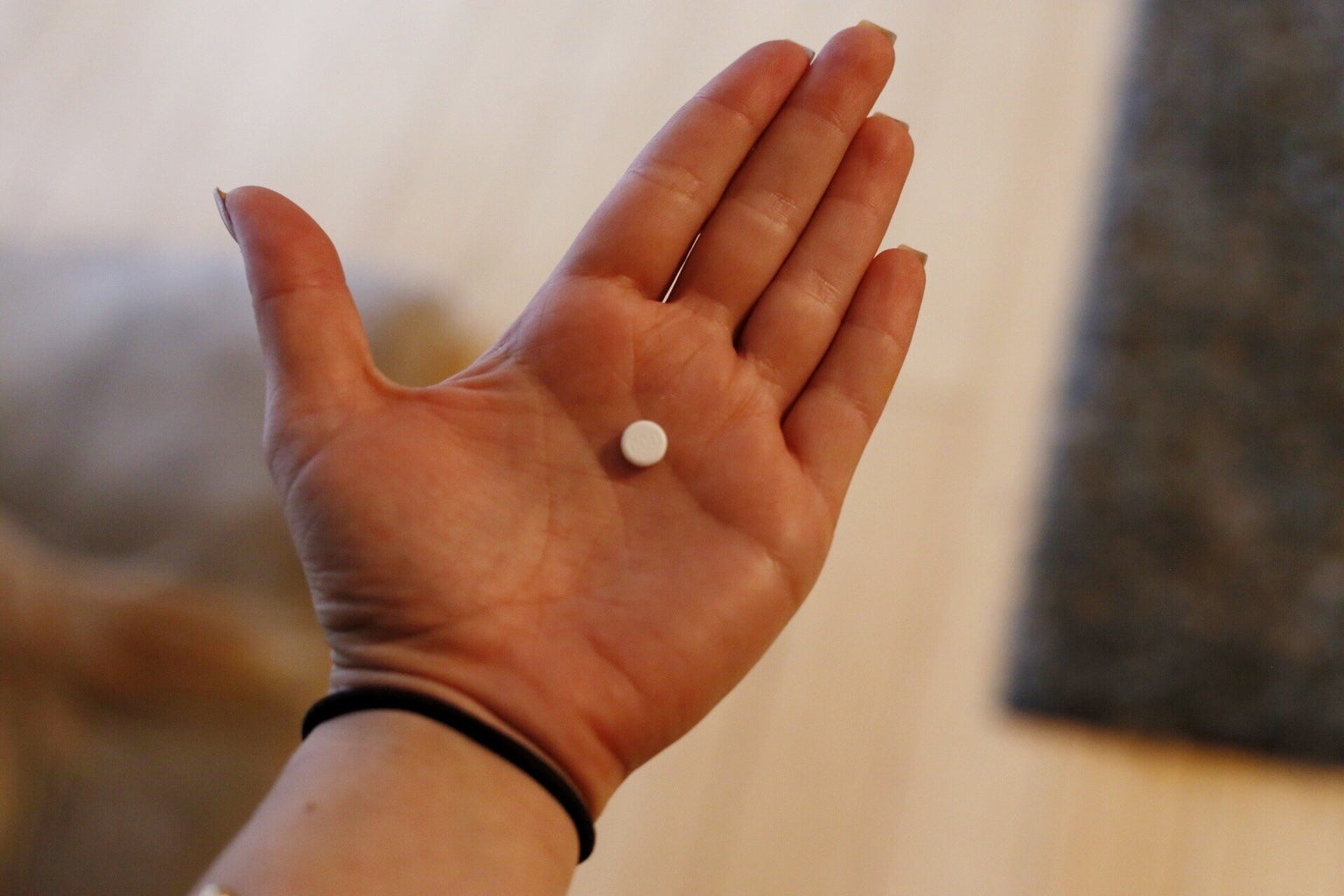Birth control. We all hear about it, and chances are, we all witnessed a friend suffer, or been the friend who suffered, through the atrocious side effects that come with this contraceptive measure. Obviously, other effective methods to prevent pregnancy include using an IUD, shot, and/or condoms while sexually active, but the pill seems to be the most popular and accessible form in our current world. Alongside its intended purpose, birth control has been seen to help regulate periods and even prevent the risk of cysts and certain cancers.
I recently discovered the hidden truths behind the popular pill with a bit of research. Not only have female birth control symptoms gone unmentioned and overlooked in the past, but the symptoms are more extreme than one would anticipate for such a supplemental part of life. Symptoms can include spotting, nausea, breast and muscle tenderness, headaches or migraines, weight gain, mood changes, and acne. There are so many interruptions to a woman’s health that occur when taking birth control, so one can question why this is the only viable solution for many to gain the reward and regulation.

Questioning the roots of this contraceptive through a feminist eye, I began to think about the very first birth control. Pregnancy prevention went from embracing nature by using crushed acacia leaves, to the expensive and sometimes dangerous detriment that is the current birth control drug. Some young women have even been hospitalized because of their birth control. Upon some reading, I heard that the original birth control pill we know today was created by male gynecologists in the early 1900s. History possesses its ways of controlling women, especially in the early 1900s when America was beginning to grow off of Christianity and Capitalism. Women fought a long, hard fight for equality throughout the 1900s, and this was only a necessity being offered to white women. Women of color were, and still can be, more at risk to die under medical supervision or experience medical neglect. With this, speculators pieced together a scary truth. Birth control, at its first peak of consumption, was created with the sexist intention of holding women responsible for being sexually liberated; conveniently able to give women this piece of scientific freedom, but still sex-shame them through a widely-known Christian agenda. Because the pill, this only solution, sky-rocketed in its demand, Capitalistic America benefited from the profit. The research done toward finding different contraceptive measures plummeted since.
The pill itself produces the aforementioned side effects that often inhibit teenage girls and women from controlling their health. Often, women notice an imbalanced ecosystem within their bodies, but still, use this method as the safest and available contraceptive to them all at the expense of a regular health state. The pill affects every woman differently, so why has there not been more research into the unnatural harm it causes? Any form of reliance on drugs comes with risks, but are these risks and interruptions women are willing to keep putting up with?

There are better ways to do birth control. Recently, there has been talked of a male birth control pill passing testing stages and becoming available for widespread use shortly. According to the UTSouthwestern Medical Center, Dr. Toluoupe Bakare published information about the first round of successful clinical testing for a male birth control pill this year. This advancement in medicine gives everyone more options and freedom to choose what works best. Researchers say the male birth control would bring only mild symptoms, in contrast to the many issues women face with the historical female pill. This way, every partner gets an option and there can be relief on both sexual ends.
With all this in mind, it may be time to rethink how birth control can best work with nature. This does not mean one way is “the right way,” either. It simply means there are more options. If you are happily adjusted to your current pill, that is a choice that belongs in a discussion between you and your doctor only; not the government, etc.
At this point, we can ask for what we want to see more of in safe sex education and contraception. We are nearing a point now where people do not have to sacrifice bodily autonomy for sex. Preventing accidents and treating reproductive health issues is important, so for the average birth-control consumer, options like this are essential.


